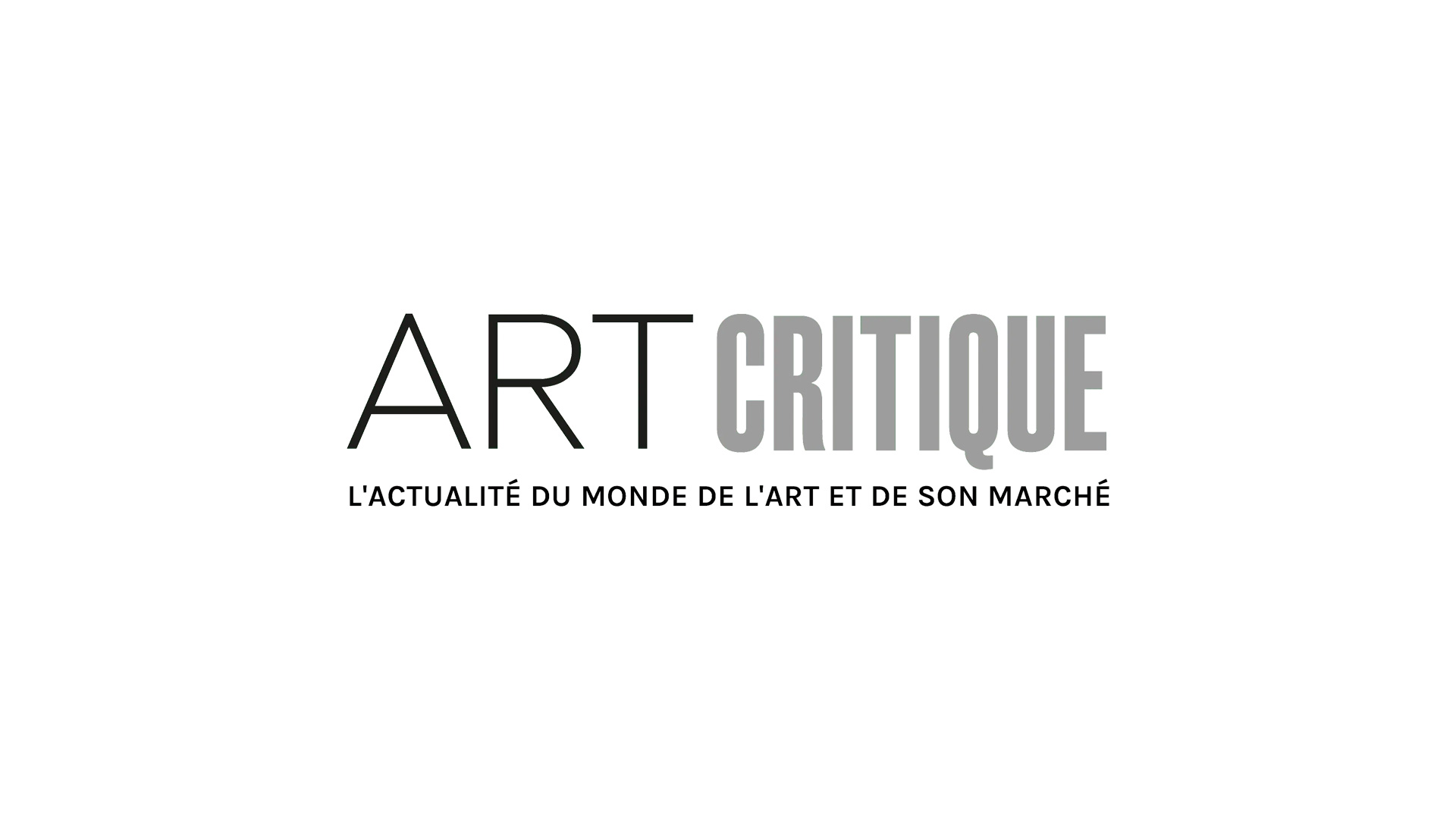Obsessional. Devoted. Progressive. Revolutionary.
These are some of the adjectives the Barbican Art Gallery has given to the 40 couples represented in their exhibition, ‘Modern Couples: Art, Intimacy and the Avant-garde’. In an attempt to chip away at the complex confines of the relationships between artists of the 20th century, the exhibition shows couples of all kinds. Their relationships could be seen as a product of the intimate process of creating art. Or, perhaps it is the art that is the product of their relationships. The intense relationships shown might even make viewers walk away grateful that the world of love is only so difficult to navigate these days.
From famous art couples like Frida Kahlo and Diego Rivera, Lee Miller and Man Ray, Virginia Woolf and Vita Sackville-West, Pablo Picasso and Dora Maar to lesser-known figures like Toyen and Jindřich Štyrský or Alekdandr Rodchenko and Varvara Stepanova, viewers are confronted with a plethora of creatives (a full list of featured couples can be found here). Due to the sheer number of artists discussed, ‘Modern Couples’ swan dives into murky waters resulting from too small of an exhibition showcasing simply too many artists.
‘Modern Couples’ does create a space for men and women artists to be shown side by side in a more or less equal display of collaboration but intentions of equity fall short. What is left, then, is an exhibition trudging forward in the name of equality but the misogynistic tendencies of the avant-garde movement are ever present. This is not to say that the show shouldn’t highlight these issues. However, the exhibition plays into these issues more than it raises them.
The precarious line ‘Modern Couples’ tries to walk between equality and objectification results in a push and pull between topical engagement with artists and their works. Kahlo and Rivera are scarcely mentioned with only a couple of works representing their collaboration begging the question of if their pieces are actually meaningful to the exhibition. Likewise, Lilly Reich and Ludwig Mies van der Rohe are condensed down to a single Barcelona chair and a few mentions in wall text. Meanwhile, other facets of the exhibition verge on the obsessional as viewers find the nearly grotesque doll created in the image of muse and femme fatale, Alma Mahler, by her once lover, Oskar Kokoshka, which he brought to parties, petted, and eventually decapitated out of rage.
The exhibition ultimately feels as though you never get into any of the relationships. They flash by with little to no consequence provoking knee-jerk responses to complex relationships. Perhaps an exhibition with fewer artists and relationships would have made way for a more influential exhibition looking into the evolution of relationships within the avant-garde period. This could have created an interesting retrospective reflecting on the foundations of less traditional – if by traditional we mean white, heterosexual relationships – relationships that we celebrate today. To decide for yourself, the exhibition is on through 27 January 2019.





